Blog - Hướng dẫn, Training Data
A Problem-Solving Framework
In Vatico, a data analyst is also a problem-solver, having to query data to achieve business needs, resolve technical challenges, and investigate discrepancies in numbers. How does a data analyst in Vatico resolve these challenges on a daily basis then? Today, we will touch on the following:
- What is a problem?: Reality =/= Expectation
- Descriptive method: How to make your problem clear?
- Problem solving: Start with the problem, not the solution
- Divide and conquer: How to solve complex problems?
What is a problem?: Reality =/= Expectation
Traditionally, a problem is something which is difficult to resolve but needs to be overcome. In the data analytics team in Vatico, we define a problem to be a mismatch between reality and expectation. In other words, there is a gap between the current state of affairs and the expected outcome. For instance, a common technical challenge is that you hope to design a table in PostgreSQL but you run into error messages repeatedly.
Descriptive method: How to make your problem clear?
To make your problem crystal clear, one should add context to describe the mismatch between reality and expectation, as seen in the diagram below. This problem-solving framework was created by the Data Lead and me to solve problems in the Data Analytics team more readily. This framework might not be representative of all problems and solutions but it is relevant and of use to Vatico.
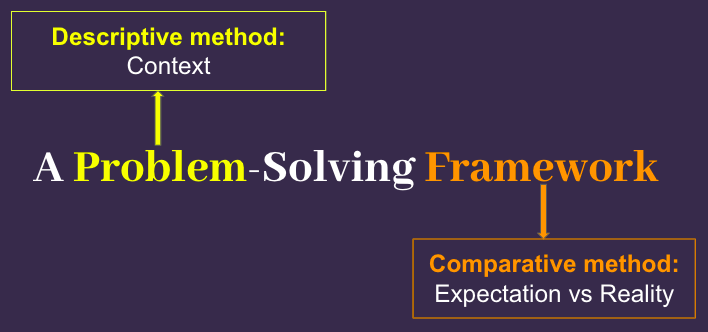
Let me illustrate with an example.
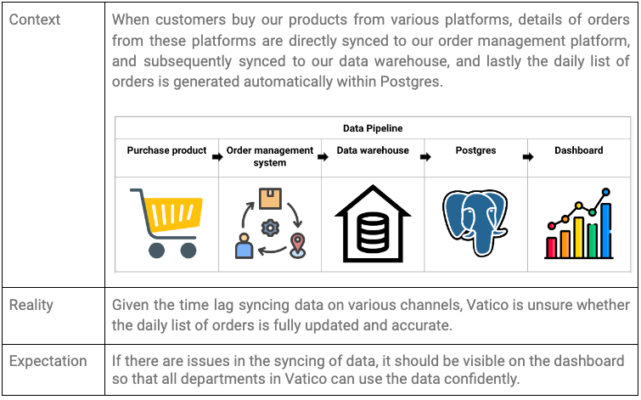
Problem solving: Start with the problem, not the solution
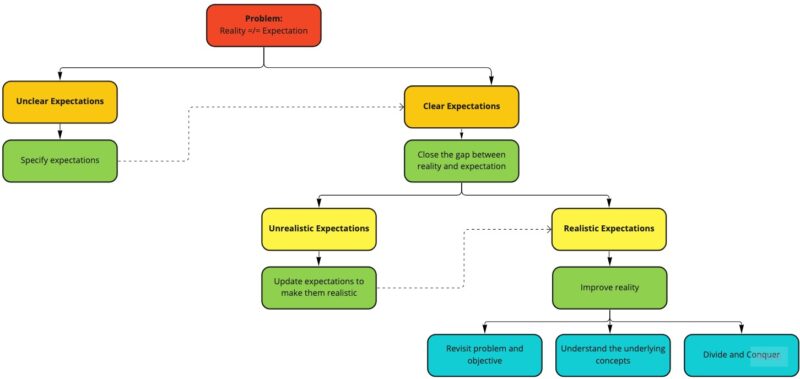
Now that we have a better idea of the problem, let us continue to focus on the problem instead of jumping to the solution. Following this framework closely, there is still room to make the expectations clearer, as seen in the diagram and table below.
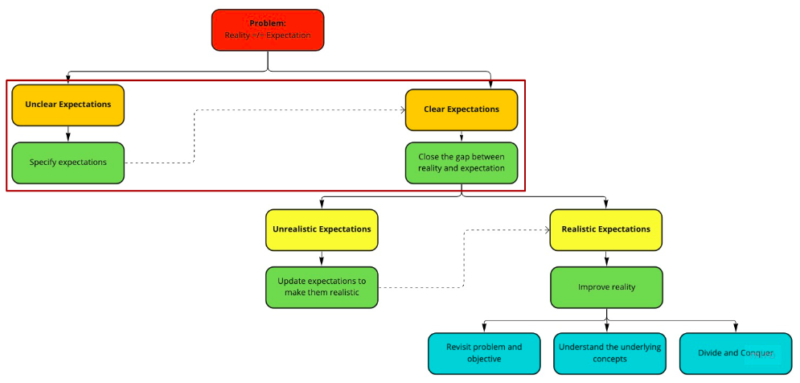
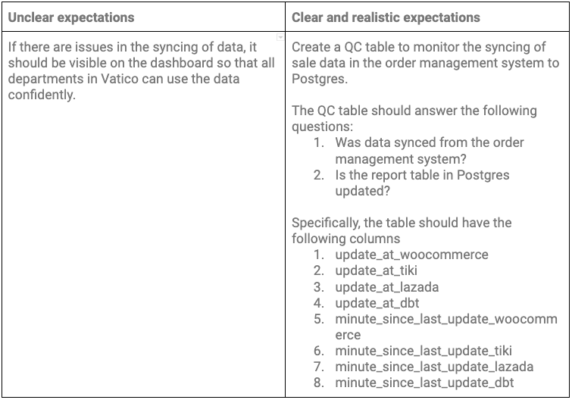
Divide and conquer: How to solve complex problems?
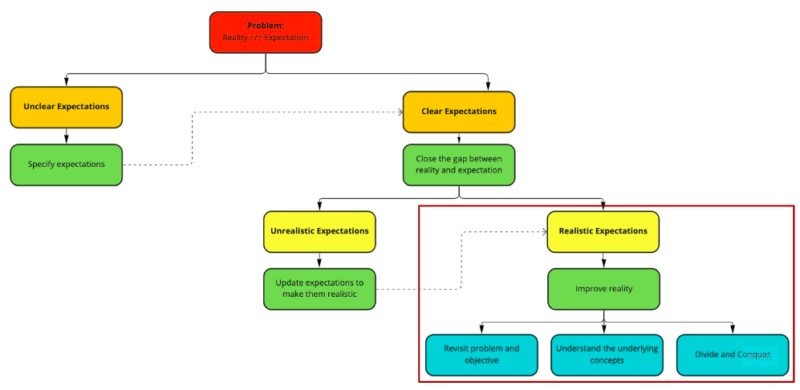
Having set clear and realistic expectations, we can work on improving reality by dividing and conquering, that is to create the column for each report table one by one. Now, a seemingly insurmountable challenge has been broken down into smaller and solvable steps.
This problem-solving framework served me well during my internship at Vatico. I used to ask the Data Lead many questions whenever I encountered difficulties. However, after we co-created this framework, I solved problems more independently. I am confident that even after I leave Vatico, this problem-solving framework will continue to shape how I conquer future challenges.



